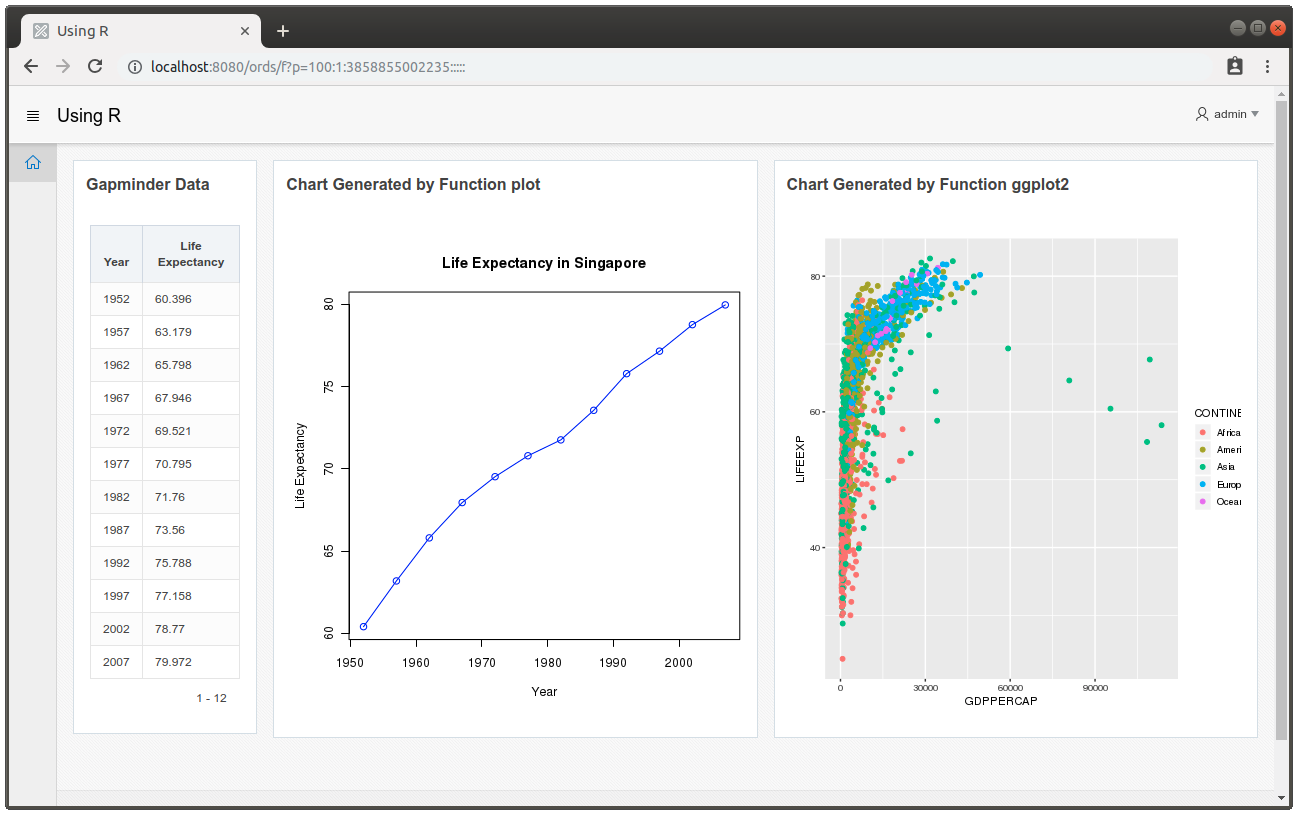APEX and XE - A Match for Data Science

I wrote, quite a while ago, on how Oracle Application Express (APEX) developers could integrate R functionality/code in their applications. This was done primarily through Node.js packages and exposed as RESTful Web Services. Not the ideal solution, but useful for people wanting to integrate R statistical calculations and complex charting, but could not afford the hefty price tag for an Oracle Database Enterprice Edition license, plus the Oracle Advanced Analytics database option.
The revolutionary 18c release of the Oracle Database Express Edition (XE) significantly changed the Data Analytics playing field. The no-cost platform has resource caps (2 CPU, 2 GB RAM and 12 GB data storage). It's not going to help perform complex GWAS (Genome-wide Association Study), but should suffice for many smaller research projects, statistical reporting and creating useful prediction models.
Unfortunately, the XE website has only a single line that says anything about this cool feature of the database:
If you prefer R programming, Oracle Database supports that too.
How do we get started?

